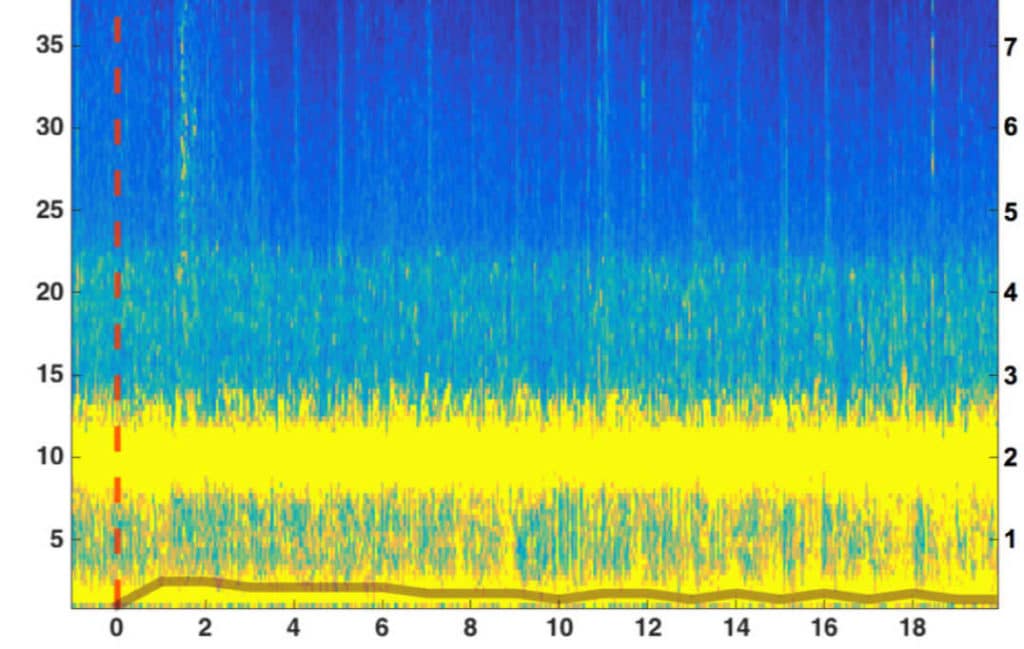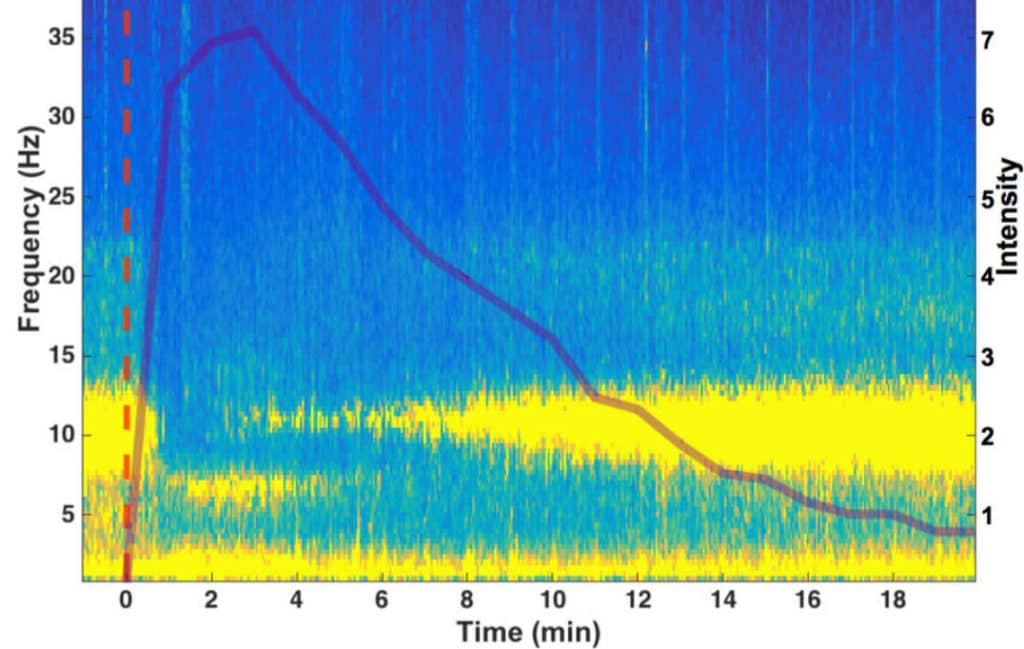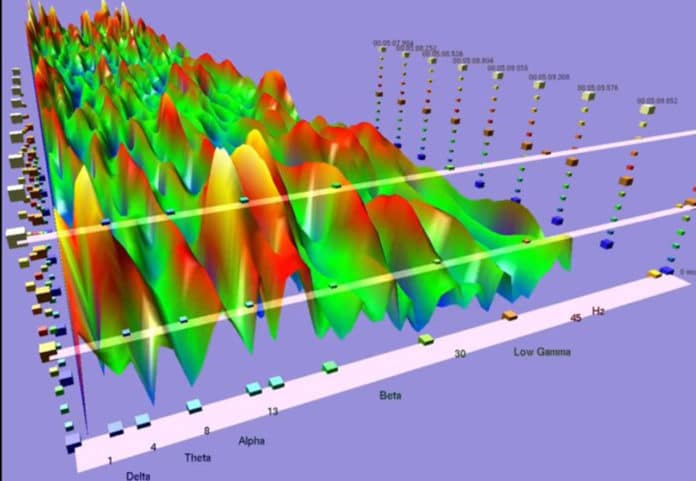Dimethyltryptamine (DMT) is an intense, naturally occurring psychedelic traditionally made from vines and leaves of the Amazon rainforest. The drink is commonly prepared as a feature of a shamanic ceremony and connected with uncommon and vivid visions or hallucinations.
In a first of its kind of study, scientists show how the potent psychedelic changes our waking brain waves – with researchers comparing its powerful effects to ‘dreaming while awake.’ Scientists looked inside the brain to show how taking DMT affects human consciousness by fundamentally altering the brain’s electrical activity.
According to scientists, the study may help get detailed insights on why people taking DMT and ayahuasca experience intense visual imagery and immersive ‘waking-dream’ -like experiences.
The study involved 13 participants. They received an intravenous infusion of DMT at the National Institute for Health Research (NIHR) Imperial Clinical Research Facility.
Scientists captured EEG measures from each participant in a clinical setting in a placebo-controlled design. The analysis revealed that DMT significantly altered electrical activity in the brain, characterized by a marked drop off in alpha waves – the human brain’s dominant electrical rhythm when we are awake. They also found a temporary increase in brainwaves typically associated with dreaming, namely, theta waves.
Scientists also detected changes in overall brain activity. The brain activity became more chaotic and less predictable – the opposite of what is seen in states of reduced consciousness, such as deep sleep or under general anesthesia.

Lead author Christopher Timmermann, from the Centre for Psychedelic Research, said, “The changes in brain activity that accompany DMT are slightly different from what we see with other psychedelics, such as psilocybin or LSD, where we see mainly only reductions in brainwaves.”
“Here, we saw an emergent rhythm that was present during the most intense part of the experience, suggesting an emerging order amidst the otherwise chaotic patterns of brain activity.”
“From the altered brainwaves and participants’ reports, it’s clear these people are completely immersed in their experience – it’s like daydreaming only far more vivid and immersive, it’s like dreaming but with your eyes open.”
“While it’s unclear as to whether DMT may have any clinical potential at this stage, the group hopes to take the work further by delivering a continuous infusion of DMT to extend the window of the psychedelic experience and collect more data.”
Dr. Robin Carhart-Harris, head of the Centre for Psychedelic Research, said: “DMT is a particularly intriguing psychedelic. The visual vividness and depth of immersion produced by high-doses of the substance seem to be on a scale above what is reported with more widely studied psychedelics such as psilocybin or ‘magic mushrooms.’”
“It’s hard to capture and communicate what it is like for people experiencing DMT, but likening it to dreaming while awake or a near-death experience is useful.”

“Our sense it that research with DMT may yield important insights into the relationship between brain activity and consciousness, and this small study is the first step along that road.”
Journal Reference
- Timmermann, C., Roseman, L., Schartner, M., Milliere, R., Williams, L. T., Erritzoe, D., Muthukumaraswamy, S., Ashton, M., Bendrioua, A., Kaur, O., Turton, S., Nour, M. M., Day, C. M., Leech, R., Nutt, D. J., & L., R. (2019). Neural correlates of the DMT experience assessed with multivariate EEG. Scientific Reports, 9(1), 1-13. DOI: 10.1038/s41598-019-51974-4
